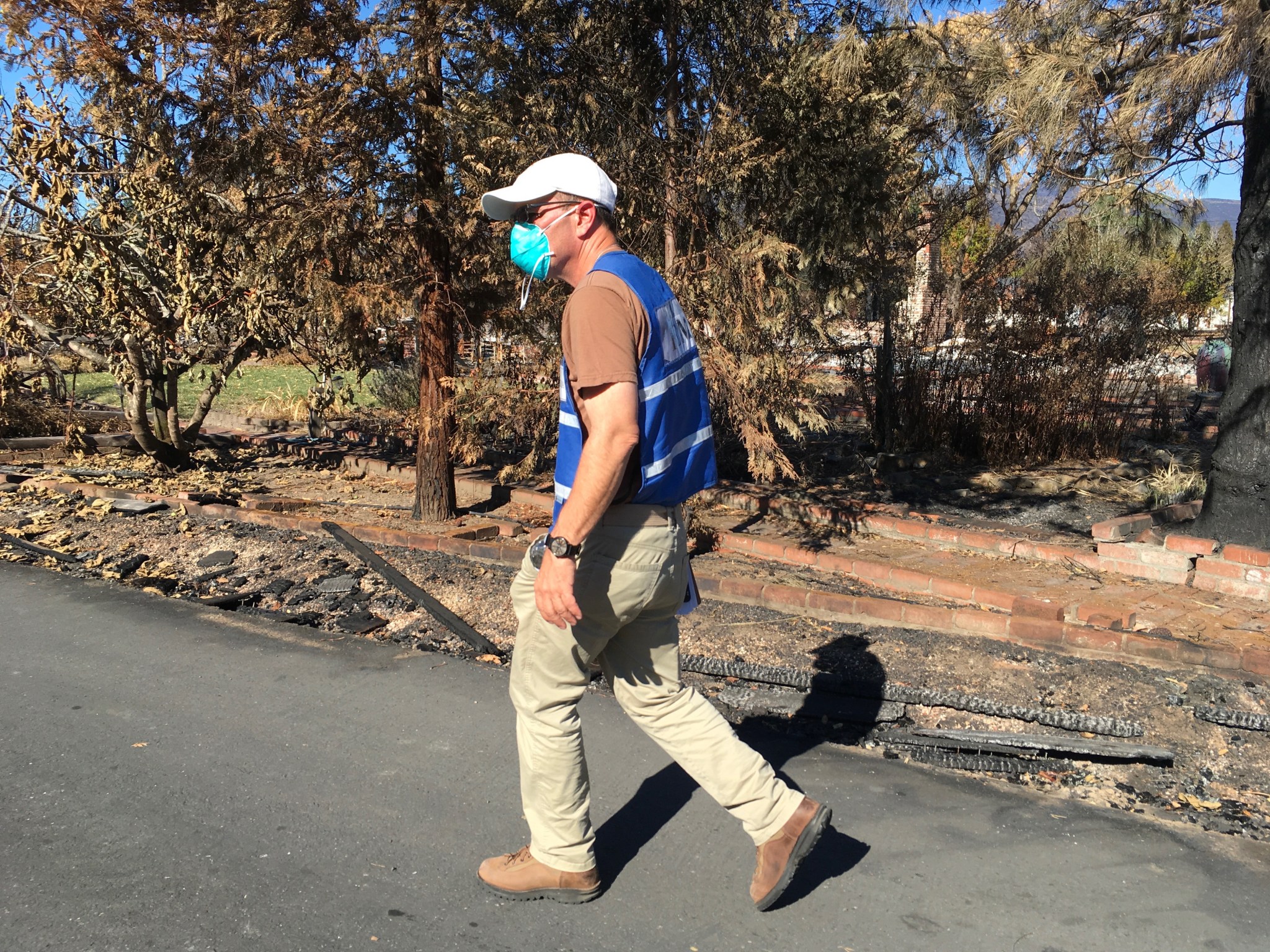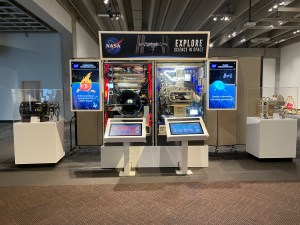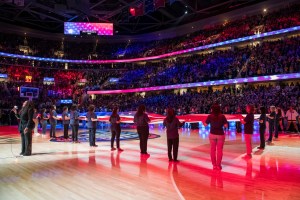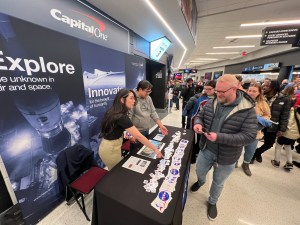You’ve seen the news stories. 2017 was one of the worst years for natural disasters. Between the hurricanes in Texas, Florida and Puerto Rico and the wildfires in California, demands for federal disaster relief climbed to a record level.
To assist survivors, the Federal Emergency Management Agency (FEMA) called upon federal employees to volunteer in an effort to help get people back on their feet. 18 NASA Glenn staff answered the call.
Like the rest of the volunteers, Engineer Dan Sutliff reported for duty at a FEMA training center in Alabama. A week later, he joined a corps of volunteers in Northern California’s wine country where he was assigned to a neighborhood in Santa Rosa, a city destroyed by the fires.
“It was a humbling experience to witness so much devastation and people sifting through the rubble of their homes,” says Sutliff. “My task was to understand their immediate needs and direct them to places where they could get food, water, or other resources provided by a coordinated team of federal agencies.”
Engineer Dave Fuller served in a similar capacity in Puerto Rico, where he witnessed unprecedented damage from two hurricanes. He visited locations in the north central part of the island to document the destruction and the status of repairs to share with FEMA officials.
That information would be utilized to make decisions about the deployment of resources.
“I’ve been through three hurricanes, but never seen anything like this before,” says Fuller. “There was a complete disruption of service and communication was difficult.”
Also in Puerto Rico was Mechanical Engineer Billy Hau, who was assigned to the Water Task Force, a group focused on restoring water supplies to devastated communities. Hau collected data from the field and mapped the regions most in need.
“The people in the remote mountain communities were hit the hardest,” says Hau. “They normally use well and spring water, but those resources were destroyed or contaminated after the hurricanes. They now depend on bottled or filtered water.”
Environmental Engineer Bethany Eppig assessed the damage to environmental and historic buildings in Florida. Posted to the Orlando area after the hurricane, Eppig helped city and county officials understand how to file permits and follow federal regulations to acquire the resources to repair beach and protected environmental areas.
‘“Many of the small towns in Florida needed help to understand and meet the federal regulations necessary to secure funds to restore their communities and natural resources,” says Eppig. “I was there as a consultant to help them find a path to restoration.”
Even though the headlines have faded away, all the Glenn employees who served FEMA agree that the work toward restoration and recovery goes on to make affected communities whole again.
View images from the disaster areas
Nancy Smith Kilkenny
NASA’s Glenn Research Center
































